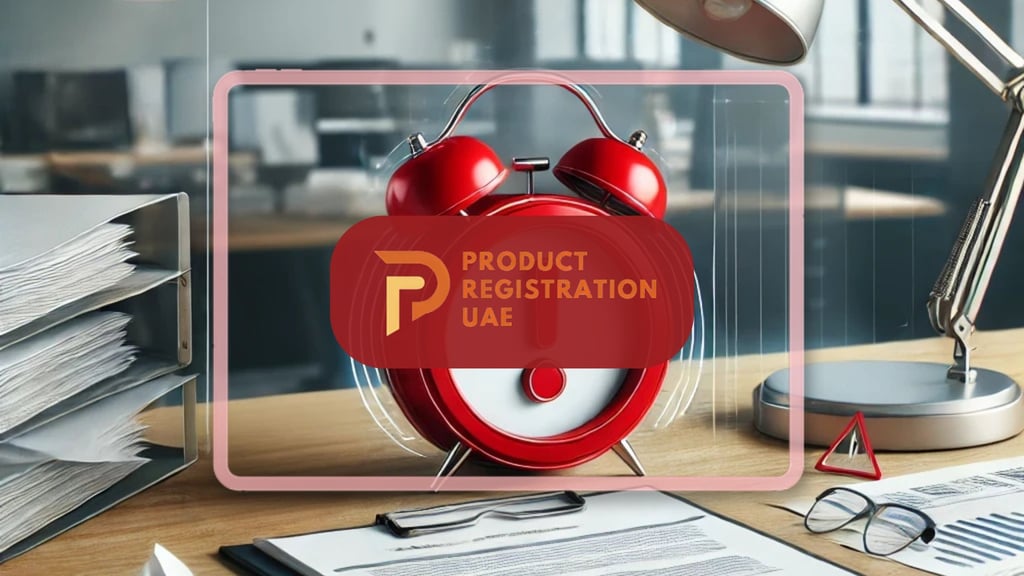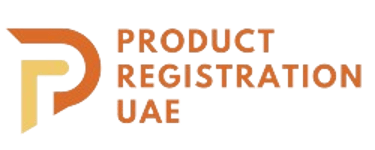MENAT Registration Mistakes: Top Fixes & UAE-First Guide
Avoid MENAT registration mistakes with a UAE-first guide: fix classification, Arabic labels, complete dossiers, import setup, and follow a 30-day cleanup plan.
9/29/20253 min read


Top MENAT Registration Mistakes (and How to Fix Them)
Updated: September 2025
Registering across the UAE and MENAT isn’t just paperwork—it’s precision.
Below is a practical, authority‑aligned guide that starts with UAE requirements (your most competitive market) and then flags MENAT differences so you don’t get caught by country‑specific rules.
Executive Summary
Labels first: Arabic, legal claims, correct ingredient naming and warnings.
Classify correctly: Choose the right authority and dossier path.
Build a UAE‑ready file: CFS, GMP/ISO, ingredient %, safety/testing, legalized/translated docs.
Don’t skip import registration: Customs rules differ by country.
Maintain records post‑approval: Treat changes like mini re‑approvals.
1) Incomplete Documentation (Most Common)
UAE: Dossiers fail for missing/expired CFS, no GMP/ISO where required, absent ingredient % list, or missing Arabic translations.
Fix: Use a UAE dossier checklist: CFS, GMP/ISO (if applicable), ingredient %, safety/test files, legalized copies, Arabic/English labels.
MENAT differences:
KSA: Additional halal documents for food; SFDA category nuances.
Turkey: EU‑aligned requirements and packaging specs.
Egypt/Qatar/Kuwait: Country‑specific attestations; confirm at submission.
2) Wrong Product Classification
UAE: Claims and dosage often shift a product from cosmetic → supplement or medical. Authority changes (Dubai Municipality vs MOHAP) and evidence must match the path.
Fix: Map intended use + claims + form before picking the authority; rebuild docs accordingly.
MENAT differences:
KSA: Some skincare under medical rules.
Turkey: Borderline products tested against EU medical/cosmetic criteria.
3) Ignoring Local Label Standards
UAE: Arabic mandatory on outer pack; INCI for cosmetics; clear net content/shelf life; importer details in Arabic & English; no therapeutic claims unless allowed.
Fix: Run a label pre‑check: Arabic presence, claims proof, allergen/warning phrases, layout/contrast, storage & expiry format.
MENAT differences:
KSA: Halal and country‑specific warnings on certain categories.
Turkey: EU label structure and symbol use enforced.
4) Skipping Import Registration
UAE: Import registration/approvals separate from product registration—skipping it causes customs holds.
Fix: Ensure importer licensing and product linkage are complete; pre‑clear key SKUs.
MENAT differences:
Qatar/Kuwait: Distinct customs portals and pre‑approvals.
Turkey: Additional import documentation for specific commodities.
5) Not Updating Records Post‑Approval
UAE: Formula, pack size, artwork or ownership changes must be recorded; non‑updates risk fines or suspension.
Fix: Create a change‑control SOP with approval logs and updated art/files.
MENAT differences:
Egypt/Turkey: Stricter update notifications in cosmetics/pharma sub‑segments.
6) Underestimating Timelines
UAE: Clean files still take 2–8 weeks; legalization/testing add time.
Fix: Plan buffers; respond quickly with complete answers to queries.
MENAT differences:
KSA: Some paths faster; others require extra halal proofs.
Turkey: Extra steps when EU‑linked verifications apply.
7) No Local Guidance
UAE: Circulars/portal updates change details; remote teams miss them.
Fix: Do a pre‑submission feasibility review with a UAE consultant; keep an issue log against authority comments.
MENAT differences:
Multi‑country rollouts need a matrix of authority → category → document specs.
Region‑by‑Region Quick Checklist
UAE
Arabic labels; claims validated
Dossier: CFS, GMP/ISO, ingredient %, safety/testing
Import registration done; distributor listed
KSA (Saudi Arabia)
SFDA classification; halal docs for food
Local agent and country‑specific warnings
Qatar / Kuwait
Customs pre‑approvals; importer licensing
Country attestation rules
Turkey
EU‑aligned labeling/packaging
Borderline classification checks
Egypt
Stricter updates post‑approval in cosmetics/pharma
Extra attestations for certificates
30‑Day Plan to Clean Up Your Pipeline
Week 1: Classification review per country; UAE dossier gap analysis; label mock‑ups (Arabic included).
Week 2: Translations/legalizations; claims edits; importer & import registration prep.
Week 3: Build cloud dossier; checklist QA; prepare authority Q&A pack.
Week 4: Submit; track queries; schedule post‑approval changes (barcode, traceability, renewals).
KPIs: first‑time approval rate, authority queries per SKU, mismatch rate, average query resolution time.
Frequently Asked Questions
How long does MENAT registration take?
UAE clean files: 2–8 weeks. KSA/Turkey vary by category; add time for halal/EU‑linked checks.
Is Arabic always mandatory?
For the UAE—yes on consumer‑facing packs. Other MENAT markets differ but often require local language.
Can I reuse EU/US labels?
Rarely as‑is. Adjust claims, language, and structure to meet local rules.
What causes most rejections?
Wrong classification, missing docs, and non‑compliant labels.
Do I need a local agent?
In most markets yes, for submissions and import registration.
Need Help Across UAE & MENAT?
We align your labels, classify correctly, build a clean dossier, and manage submissions across UAE and MENAT.
For more information or personalized support, Contact our team or use our Chatbot for immediate assistance.
We’re here to help you achieve efficient, compliant product registration across the UAE and MENAT region.
Related Reads:
Check out our Complete Guide to Product Registration in KSA.
Discover 7 Secrets to Successful Product Registration in Dubai – navigate Dubai's competitive market
2025 UAE Registration Overhaul → conformity marks & deadlines


